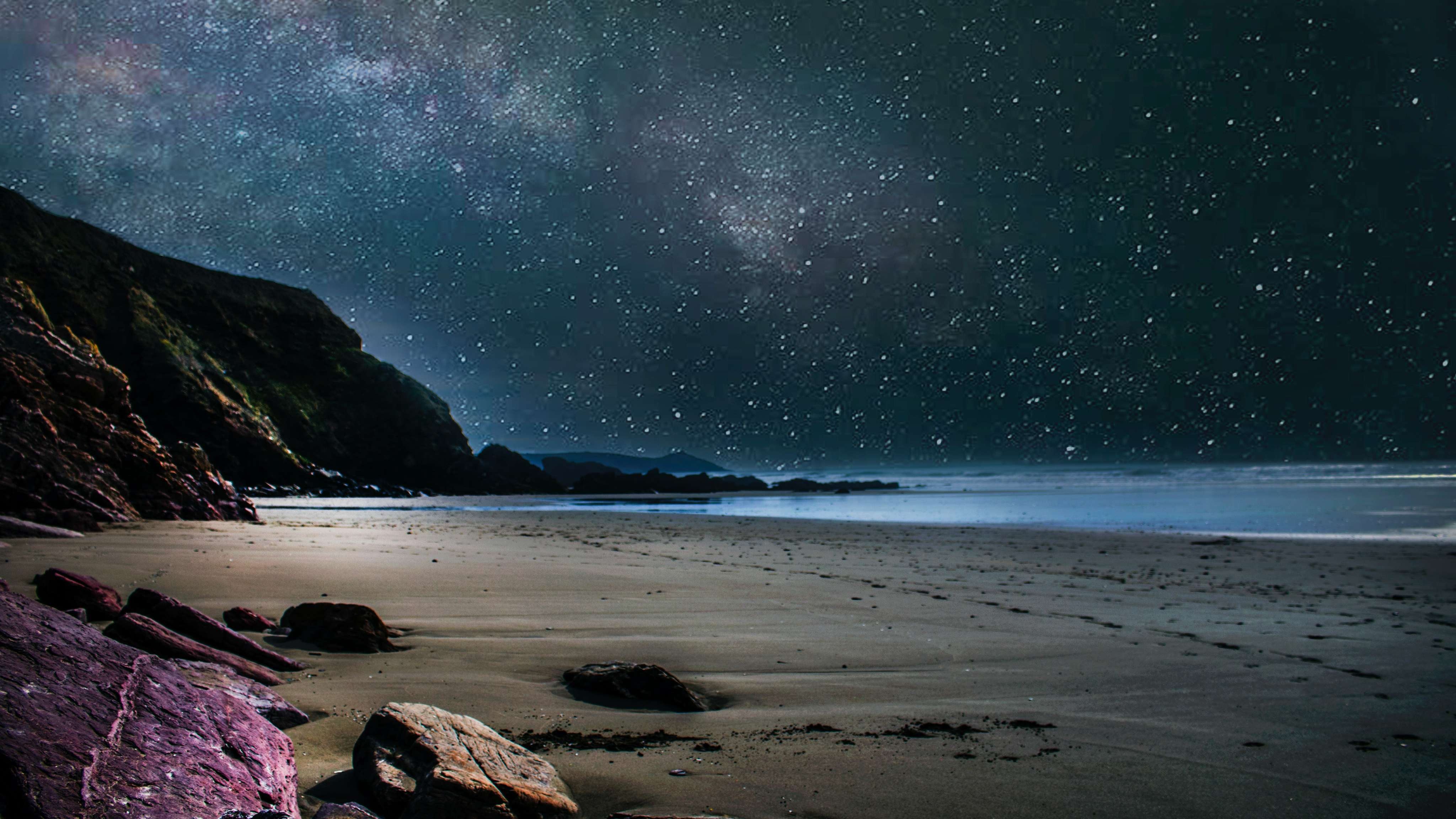
Nagaland
★ ★ ★ ★ ☆
Nearly all of Nagaland is mountainous. In the north the Naga Hills rise abruptly from the Brahmaputra valley to about 2,000 feet (610 metres) and then increase in elevation toward the southeast to more than 6,000 feet (1,830 metres). The mountains merge with the Patkai Range, part of the Arakan system, along the Myanmar border, reaching a maximum height of 12,552 feet (3,826 metres) at Mount Saramati. The region is deeply dissected by rivers: the Doyang and Dikhu in the north, the Barak in the southwest, and the tributaries of the Chindwin River (in Myanmar) in the southeast.Nagaland has a monsoonal (wet-dry) climate. Annual rainfall averages between 70 and 100 inches (1,800 and 2,500 mm) and is concentrated in the months of the southwest monsoon (May to September). Average temperatures decrease with greater elevation; in the summer temperatures range from the low 70s F (about 21–23 °C) to the low 100s F (about 38–40 °C), while in the winter they rarely drop below 40 °F (4 °C), though frost is common at higher elevations. Humidity levels are generally high throughout the state.












